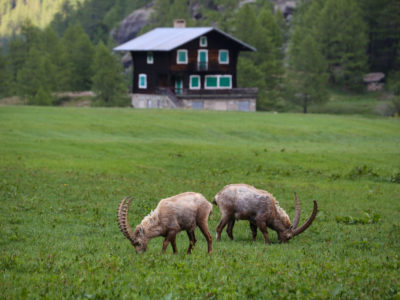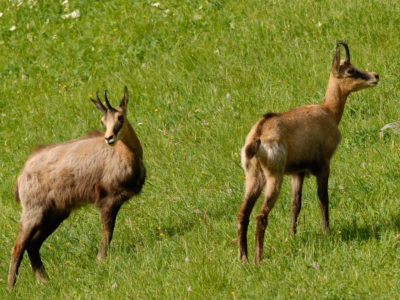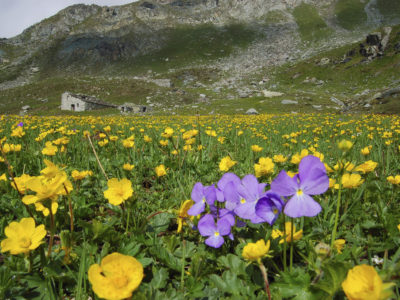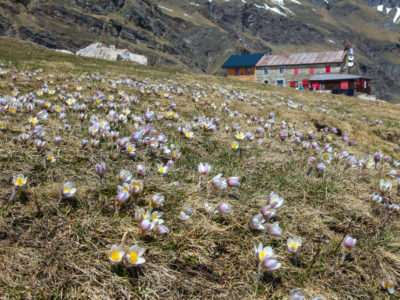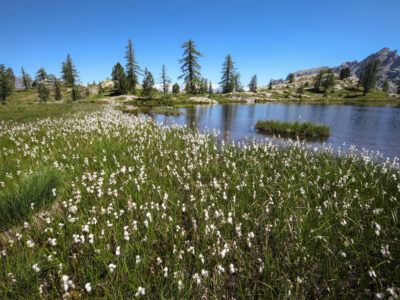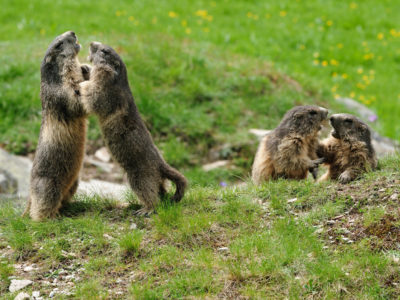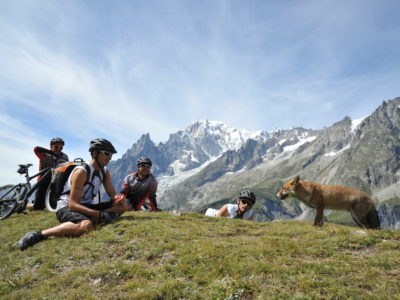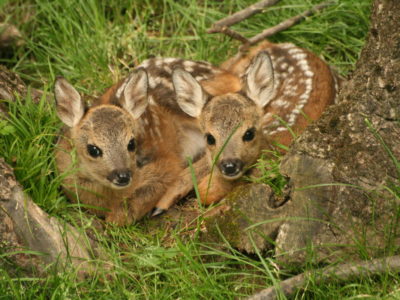Parks and nature reserves of rare beauty
Surrounded by the giants of the Alps, the Aosta Valley owns a nature patrimony of rare beauty which is protected for the 30% of its extension: vegetation, flowers, animals and birds are the undisturbed protagonists of wide expanses, where the presence of the mankind is negligible.
Let’s start with Parks, and from the most famous one, the Gran Paradiso National Park. It formerly was a private hunting reserve belonging to the king Vittorio Emanuele III created to protect the animal which later became the symbol of the park, the ibex. The Valdôtain valleys that are part of the Gran Paradiso National Park are three, Cogne valley, Rhêmes valley and Valsavarenche. It is possible to move from one to the other thanks to a wide selection of paths and by crossing some passes. After that we also have the Mont Avic regional park, with its numerous lakes and sheets of water and a peculiar vegetation. Here the presence of the mankind is again negligible. Two valleys belong to the Mont Avic park, the Champorcher and Champdepraz valleys.
But it is not enough. There are ten nature reserves in the Aosta Valley: the most important are the Mont Mars nature reserve, which lies in the severe Monte Rosa Valley, precisely in Fontainemore, and the Montagnayes nature reserve, in the wild Valpelline, precisely in Bionaz. This is the ‘youngest’ reserve of the Aosta Valley.
A visit to the Parks and to the Mont Mars reserve is not complete without a stop to the Visitor centres, some educational spaces realised in every valley to illustrate the peculiarities of these protected areas under a natural, cultural, faunistic of geomorphologic point of view. Here, kids can take part to workshops and funny activities which have been especially conceived for them. And here, you can also book an excursion with a nature guide in the Park or in the Reserve.
No matter if you are keen on hiking, photo shooting, wild animals or bird watching, in the Aosta Valley you will find unspoilt nature which will bewitch you.
Summer is without any doubt the busiest period, but if you want to see animals you have to visit these areas in spring, when snow is melting and it is easier to see ibexes and chamois. And if you love photography, then visit them in autumn, when the colours are bright and nature wears its sweetest and most beautiful dress.


